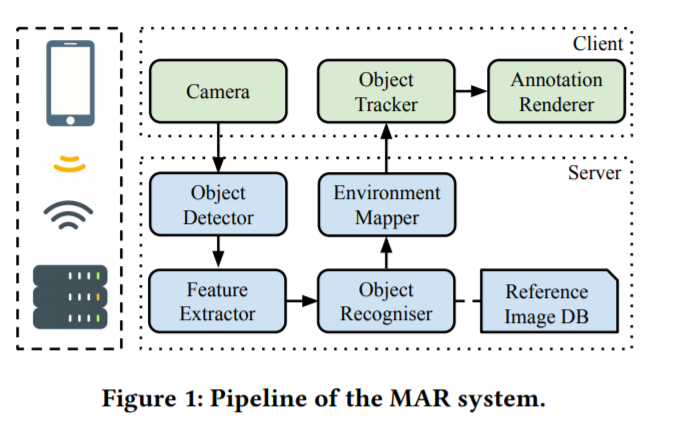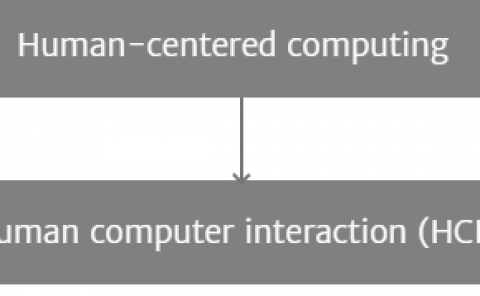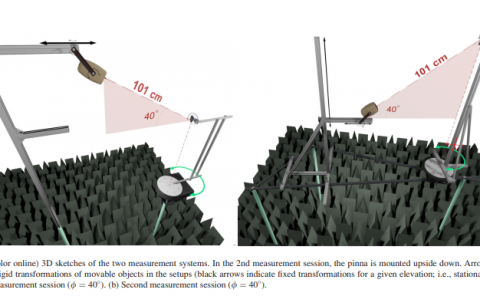Evaluating Transport Protocols on 5G for Mobile Augmented Reality
PubDate: Jun 2020
Teams: University of Oulu;University of Helsinki;
Writers: Jacky Cao, Xiang Su, Benjamin Finley, Pengyuan Zhou, Pan Hui
PDF: Evaluating Transport Protocols on 5G for Mobile Augmented Reality

Abstract
Mobile Augmented Reality (MAR) mixes physical environments with user-interactive virtual annotations. Immersive MAR experiences are supported by computation-intensive tasks which rely on offloading mechanisms to ease device workloads. However, this introduces additional network traffic which in turn influences the motion-to-photon latency (a determinant of user-perceived quality of experience). Therefore, a proper transport protocol is crucial to minimise transmission latency and ensure sufficient throughput to support MAR performance. Relatedly, 5G, a potential MAR supporting technology, is widely believed to be smarter, faster, and more efficient than its predecessors. However, the suitability and performance of existing transport protocols in MAR in the 5G context has not been explored. Therefore, we present an evaluation of popular transport protocols, including UDP, TCP, MPEG-TS, RTP, and QUIC, with a MAR system on a real-world 5G testbed. We also compare with their 5G performance with LTE and WiFi. Our evaluation results indicate that TCP has the lowest round-trip-time on 5G, with a median of 15.09±0.26 ms, while QUIC appears to perform better on LTE. Through an additional test with varying signal quality (specifically, degrading secondary synchronisation signal reference signal received quality), we discover that protocol performance appears to be significantly impacted by signal quality.



